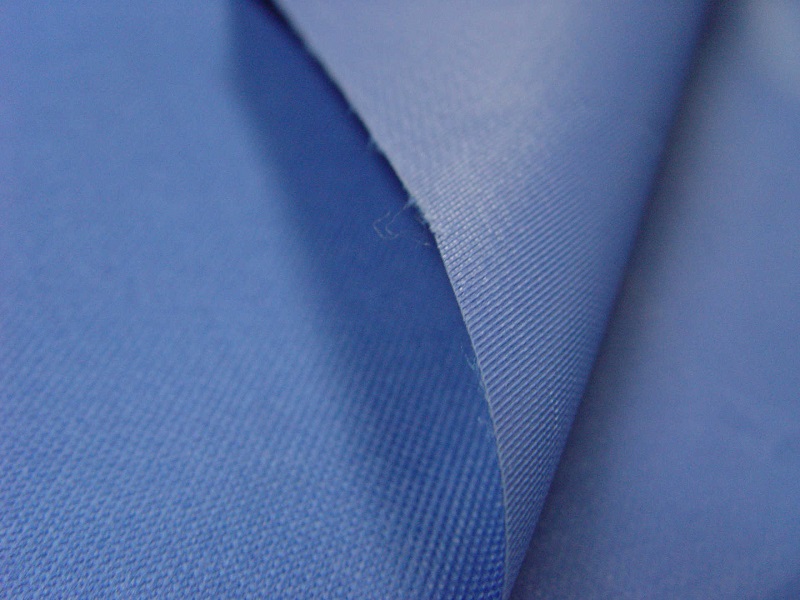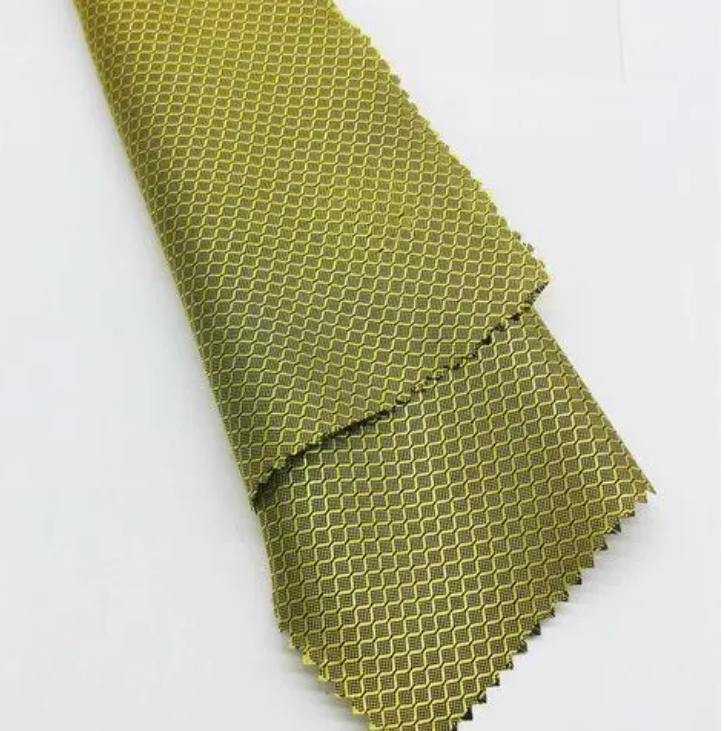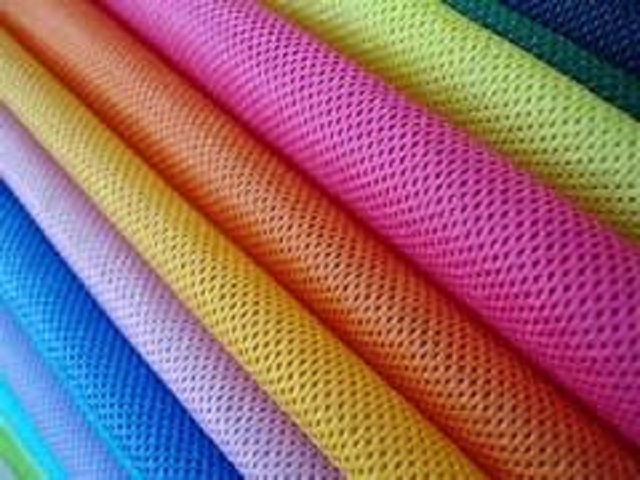Polyester is a versatile and popular synthetic fabric that has found its way into various applications due to its durability, affordability, and ease of care. One of the key attributes that make polyester stand out is its ability to be made waterproof. This characteristic is achieved by adding a waterproof coating or laminate to the surface of the fabric. In this blog post, we will explore the features, benefits, and applications of waterproof polyester, and how it can be a reliable choice for outdoor wear, raincoats, tents, and other items that require protection against water and weather conditions.
Understanding the Waterproofing Process for Polyester
The process of making polyester waterproof involves adding a layer of water-resistant material to the surface of the fabric. This is typically done by applying a special waterproof coating or by laminating a waterproof membrane to the polyester fabric. The waterproof layer acts as a barrier, preventing water molecules from penetrating the fabric and reaching its inner layers. This makes the polyester fabric highly resistant to water and moisture, making it ideal for various outdoor and wet weather applications.
The waterproof coating or membrane is usually made of a synthetic material, such as polyurethane or polyester, which is applied to the polyester fabric using a special process. The coating or membrane is designed to be thin and flexible, allowing it to conform to the texture and shape of the fabric without compromising its breathability or flexibility.
There are different methods for applying the waterproof coating or membrane to the polyester fabric, including:
- Coating: The waterproof coating is applied to the polyester fabric using a special machine that sprays or rolls the coating onto the fabric. The coating is then dried or cured to create a strong bond with the fabric.
- Laminating: The waterproof membrane is laminated to the polyester fabric using a special process that involves bonding the membrane to the fabric using heat and pressure.
- Impregnation: The polyester fabric is immersed in a waterproofing solution that penetrates the fabric and creates a water-resistant barrier.
Once the waterproof layer is applied, the polyester fabric is then treated with various chemicals and finishes to enhance its water resistance and durability. The fabric may also be subjected to testing and quality control measures to ensure that it meets the required standards for water resistance and breathability.
Overall, the process of making polyester waterproof involves a combination of advanced materials and specialized techniques that work together to create a highly water-resistant fabric that is ideal for various outdoor and wet weather applications.
Advantages of Waterproof Polyester
- Weather Protection: Waterproof polyester provides excellent protection against rain, snow, and other wet weather conditions. It keeps the wearer dry and comfortable, making it a popular choice for outdoor activities and sportswear.
- Durability: Polyester is known for its strength and resilience, and the addition of a waterproof layer further enhances its durability. Waterproof polyester fabrics can withstand harsh conditions and frequent use without losing their protective properties.
- Lightweight: Despite being waterproof, polyester remains relatively lightweight. This makes it a practical choice for outdoor gear, as it doesn’t add unnecessary weight to the wearer.
- Quick Drying: Waterproof polyester dries quickly after exposure to moisture, which is a valuable feature for outdoor enthusiasts and travelers who may encounter unexpected rain or wet conditions.
- Versatility: Waterproof polyester can be used for a wide range of products, including raincoats, jackets, tents, backpacks, and more. Its versatility makes it a popular choice for manufacturers and consumers alike.
Applications of Waterproof Polyester
- Outdoor Wear: Waterproof polyester is commonly used in the production of outdoor wear, including raincoats, ponchos, and windbreakers. Its ability to repel water and protect against the elements makes it a reliable choice for people who spend time outdoors.
- Tents and Camping Gear: Tents and camping gear made from waterproof polyester offer campers a dry and comfortable shelter during camping trips. The waterproof properties ensure that rainwater stays outside, providing a cozy and enjoyable camping experience.
- Upholstery and Furniture Covers: Waterproof polyester is also used in upholstery and furniture covers to protect them from spills and stains. It helps to extend the life of furniture by preventing water damage and promoting easy cleanup.
- Bags and Backpacks: Waterproof polyester is a popular choice for manufacturing bags, backpacks, and luggage. These items need to withstand different weather conditions while keeping the contents safe and dry.
Caring for Waterproof Polyester
While waterproof polyester is highly resistant to water, proper care is essential to maintain its effectiveness and longevity. Follow these tips to care for waterproof polyester items:
- Regular Cleaning: Clean waterproof polyester items regularly to remove dirt and debris. Use mild detergent and avoid harsh chemicals that could damage the waterproof coating.
- Avoid High Heat: Avoid exposing waterproof polyester items to high heat, such as hot water or high dryer settings, as this can compromise the waterproof layer.
- Reapply Waterproofing: Over time, the waterproof coating on polyester items may wear off. To restore their water resistance, consider reapplying a waterproofing spray or treatment as needed.
Conclusion
Waterproof polyester is a valuable and practical material used in various applications to protect against water and moisture. Its ability to resist water penetration, along with its durability and lightweight nature, makes it a popular choice for outdoor wear, tents, backpacks, and more. When properly cared for, waterproof polyester items can offer long-lasting protection and comfort, making them a reliable choice for those who enjoy outdoor activities and need to stay dry in wet weather conditions.




